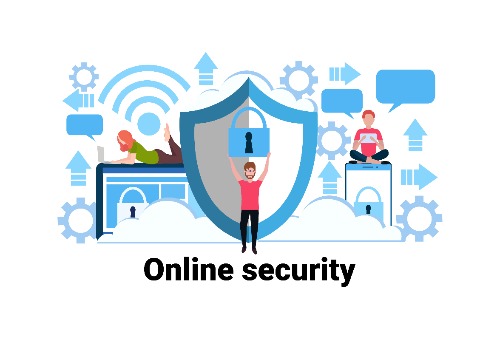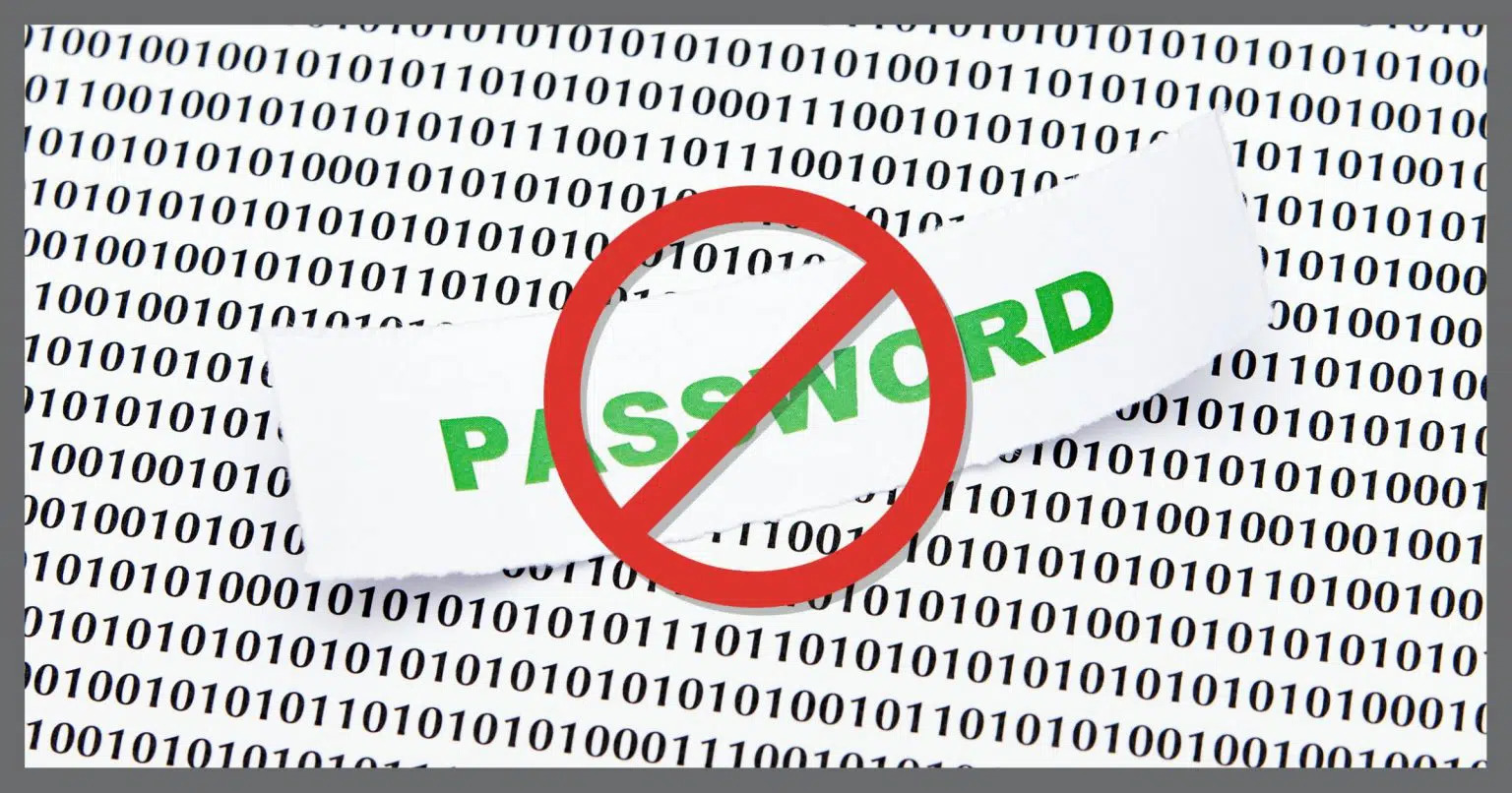Cyber threats are continuing to grow, making it more important than ever to make cyber safe decisions while using devices. Here are the top five best practices for advancing your cybersecurity position.
Use a Proactive Cybersecurity Solution
First, and quite possibly foremost, using an cybersecurity solution that implements proactive measures to block cyber attacks versus reacting to them, is imperative. But how do you know, how your security protection is keeping you safe? Do some research. Take a look at their website. Are they touting “endpoint detect and response” or are they talking about proactive measures like “application whitelisting” or “zero-trust?” For home users, a single solution that uses application whitelisting would be sufficient. For organizations, a layered approach typically works better. Meaning, instead of ripping and replacing your entire security stack, layering an application whitelisting agent on top of your existing programs advances your security position.
Patching Security Holes
Keeping your operating system and third-party applications updated helps to patch the security holes the vendors have found since initially releasing the last update. Many times, users believe updates are simply for feature enhancements — not for security. This is a common misconception, but should be debunked. For home users, scheduling updates to take place when you are not using the device is an easy way to avoid a halt in your productivity. From a business perspective, often times testing is required to ensure the update will not negatively impact their network. Once the testing has been completed, and it has been confirmed will not be a negative impact, the updates should be released within 24 hours.
Change Your Passwords
When was the last time you changed your passwords? According to a recent survey, nearly 30% of individuals were uncertain when they last updated their passwords. Given the continued security breaches from large organizations like Carnival and Experian, it is important to update your passwords, at least every six months. But which passwords do you need to update? All of them. Online banking, email, third-party applications, social media accounts, etc.
Be Cognizant of What You Share
Far too often, social media promotes content that tricks users into sharing personal information. Your rapper name is the name of your first pet, and the street you grew up on — drop it in the comments!! DON’T DO THIS. These types of “games” are exploiting data often used for security questions. Always be aware of what you’re sharing and where. This also includes posting your personally identifiable data, and email addresses, on public forums or social media.
Careful Clicking
As a society, we are always on the go. Luckily breathing comes naturally — otherwise we would probably be too busy doing something else to remember to do it. Hackers use this to their advantage. They’ll send emails creating a sense of urgency, demanding that you click on this, download that, or call here to resolve some critical issue. Always reread, check for spelling errors, check the From and Reply To addresses for legitimacy. Their goal is to exploit careless clicking. Take the time to confirm the legitimacy of the email before clicking away.
By using these five best practices, you will lessen the likelihood of a cyber attack successfully infiltrating your network. Stay safe out there!




